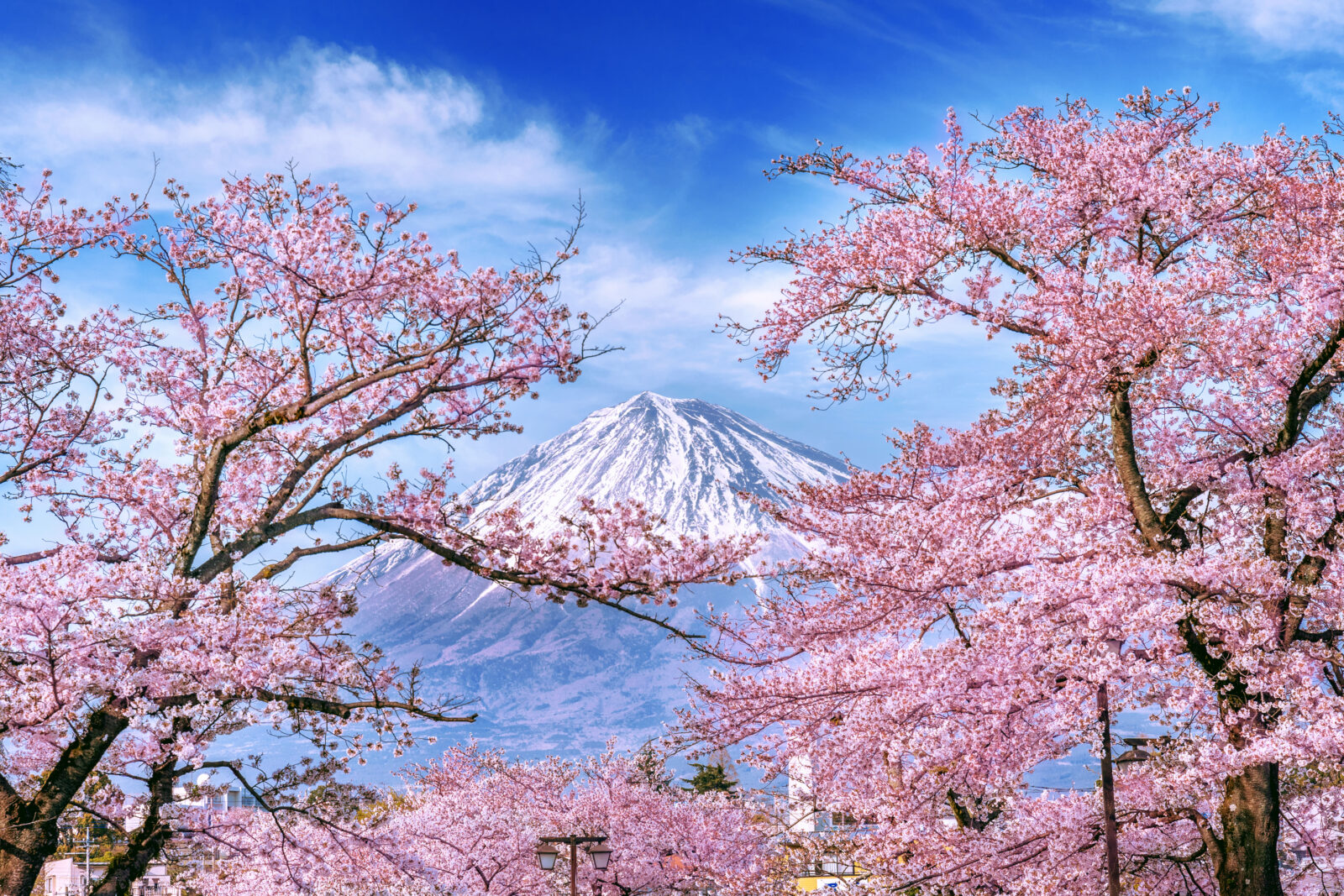Springtime In Japan Means Cherry Blossoms, Festivals, Seasonal Foods — and Tea
Springtime around the world is synonymous with blossoms. Tulips in the Netherlands. Bluebonnets in Texas, and poppies in California’s Mojave Desert.
But the union of region and spring flowers is probably no more iconic than in Japan, where the country’s cherry blossoms, or sakura, emerge in abundance every year between March and early May, depending on the location. In Japan, cherry blossoms are the national flower, and they drive immense amounts of tourism from Hokkaido in the far north to Nagasaki in southern Japan.
They also are shorthand for Japan. In many minds, a photo of trees so heavy with pink blossoms that they droop instantly brings to mind the island nation of Japan.
Spring in Japan
Climates vary quite a bit between Hokkaido, a far northern Japanese island that experiences heavy snowfall and cold temperatures, and Kyushu, the country’s most southern island. But while the spring experience may vary, the time period is roughly that same: from March to May.
But cherry blossoms aren’t the only flowering attractions. Another celebration revolves around the annual wisteria blooms in Tochigi’s Ashikaga Flower Park and Fukuoka’s Kawachi Wisteria Garden. Similarly, the flowers nemophila (also called “baby blue eyes”) are famous in Ibaraki, and Nara is known for its azaleas.
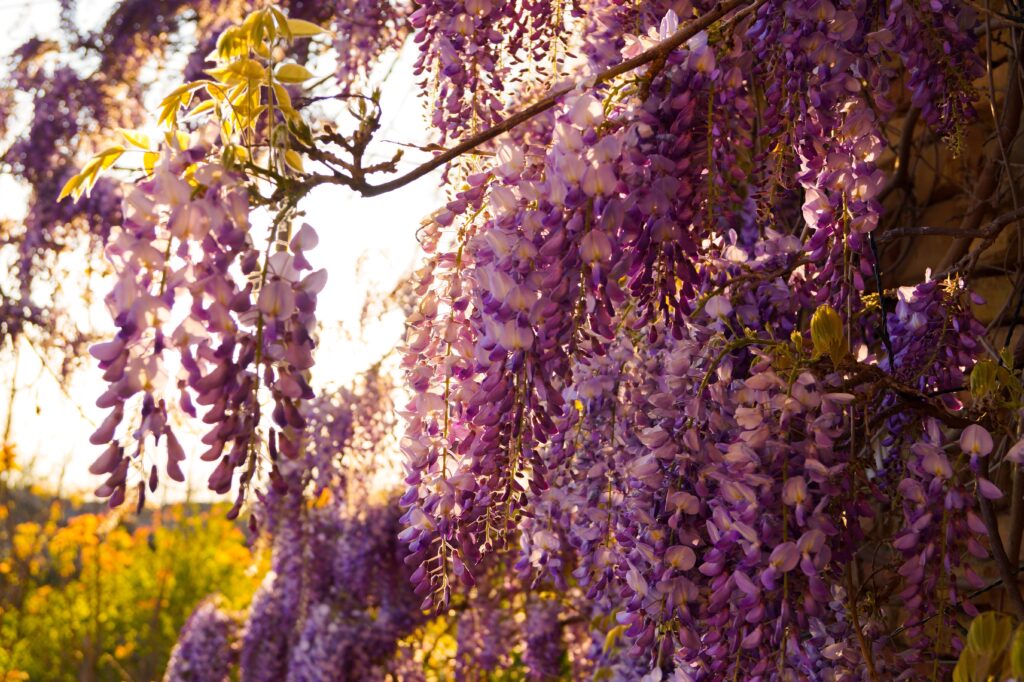
Spring, too, is the best time to tour tea plantations, especially before harvests begin. The green plantations draw photographers and tourists galore, eager to capture the first tea leaves and buds before they get harvested and turned into the best beverage in the world.
The Japanese are famously seasonal eaters, and food figures into the spring as well. During the month, wild greens, bamboo shoots and Japanese butterbur emerge, and Japanese people incorporate them into meals. The season also brings soft seaweed, clams and a fish called Japanese halfbeak that people eat with abandon.
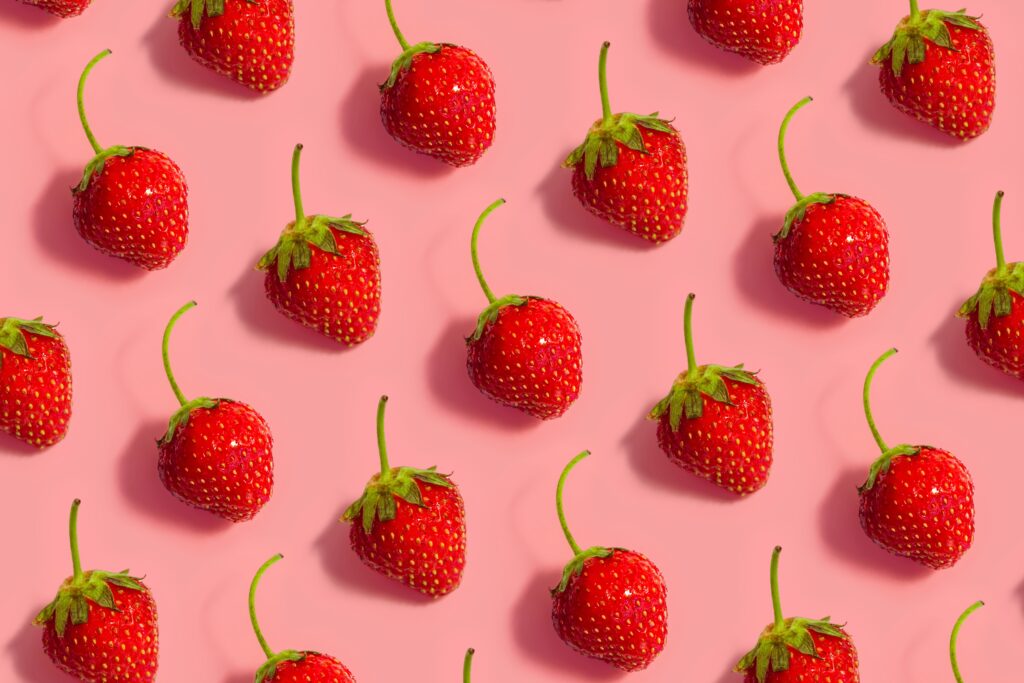
Strawberries are revered in Japan, and farmers across the country grow some of the world’s finest. Strawberry picking is enormously popular in spring. Restaurants even have entire dessert buffets dedicated to the fruit.
Finally, in May the country hosts many Shinto festivals, including the Kanamara Matsuri festival in Kawasaki that honors marriage and conception.
In Colorado’s Front Range, spring brings bulbs like crocuses and irises, flowering apple and pear trees, lilacs and the first wildflowers. It also delivers wind! We’ll take a boulevard draped in flowering plum trees over a wind-whipped, brown patch of high plains any day.
Japanese Teas to Celebrate Spring: Sakura Cherry Green Tea
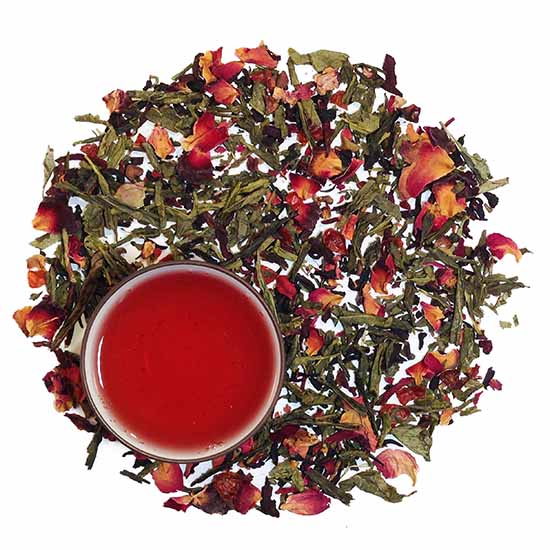
Eager to get your spring on, Japanese style? One option is to fly to Japan. This year, the trees have already bloomed in most of the country. But they are still buds in far-northern Hokkaido.
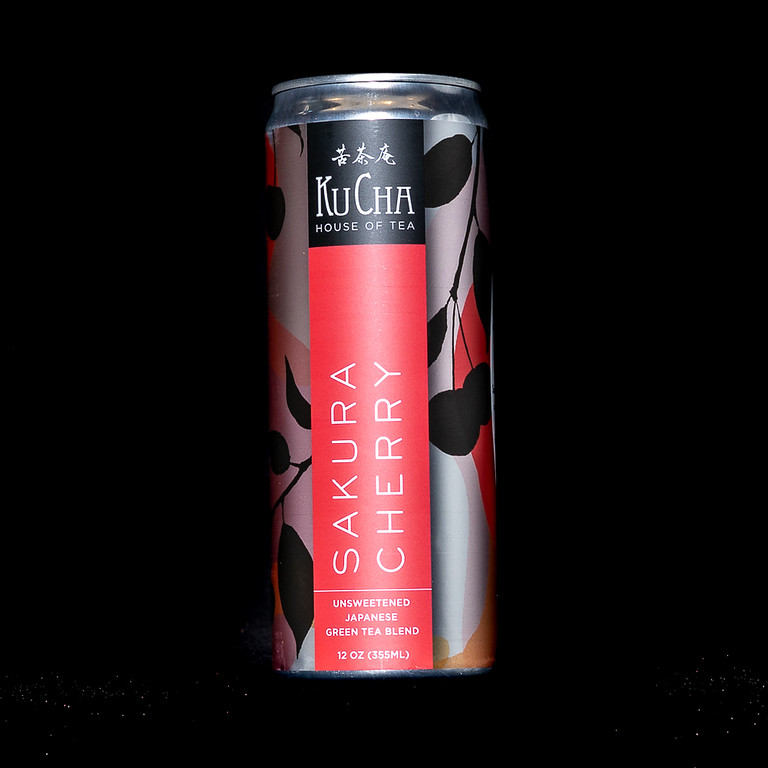
Another option: try our Sakura Cherry Green tea. This delicious and rich-colored blend combines Japanese sencha green tea, sakura petals and pieces of cherry. The combination of Japanese sencha, with its characteristic grassy and herbal qualities, with the perfume of sakura blossoms and the subtle sweetness of cherry, yields a special tea.
We love it so much that we used the tea for one of our ready-to-drink brews. We carry more than 200 kinds of tea at Ku Cha, but only four ready-to-drink canned teas. The fact that we chose Sakura Cherry Green tea for the ready-to-drink line is telling: we love it!
Japanese Teas to Celebrate Spring: Plum Green Tea
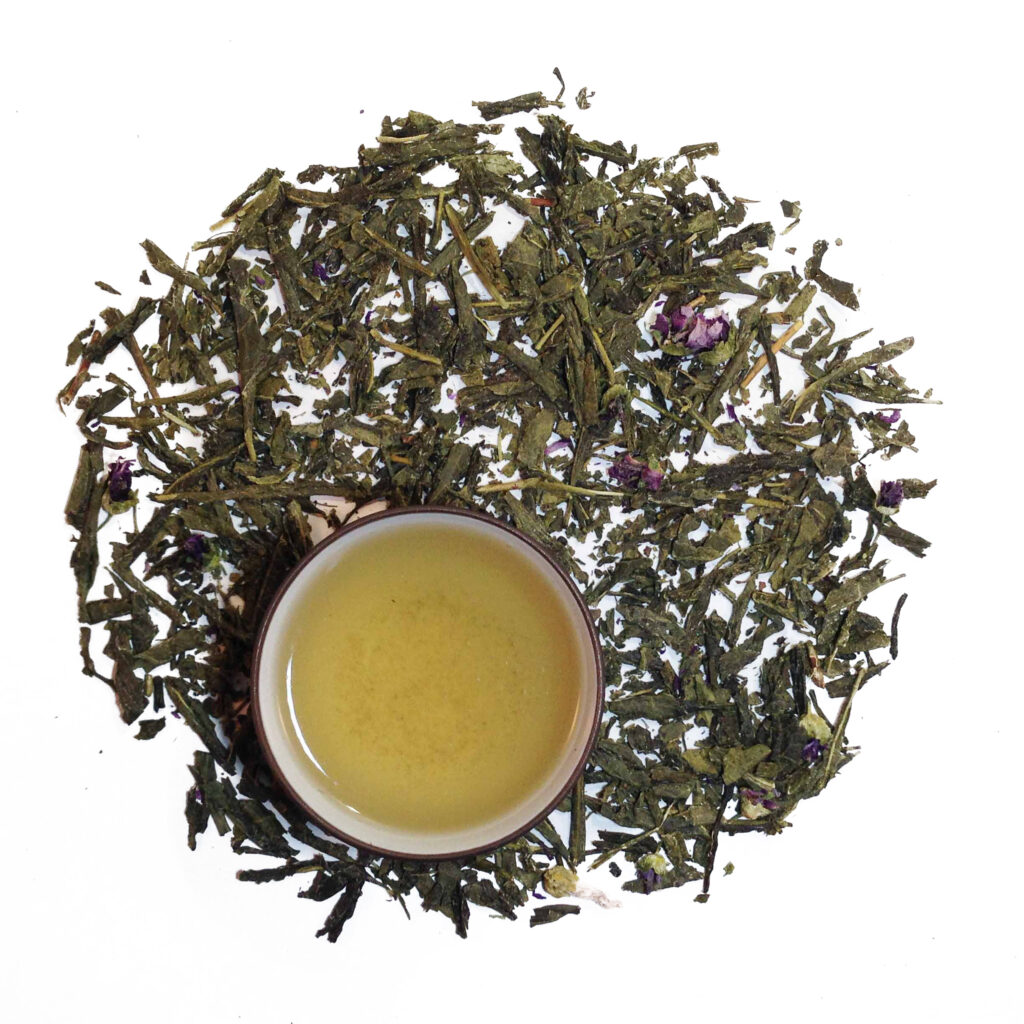
Combining plum and green tea is a fairly common practice across Asia, including in Japan. Plums represent another fruit beloved by the Japanese. In fact umeboshi, or pickled plums, are widely incorporated into Japanese foods, including the Japanese version of the sandwich, onigiri, which are rice cakes swaddling ingredients (including umeboshi) and wrapped in seaweed. The vinegar used to pickle the plums is also quite popular across Japan.
In addition to green tea and plums, this tea includes kombucha powder, which enhances digestion. In all, our Plum Green Tea helps reduce fatigue, stimulate appetite and reduce inflammation. It is outstanding, and perfect for spring too, as plum trees blanket Japan and bloom every spring.

